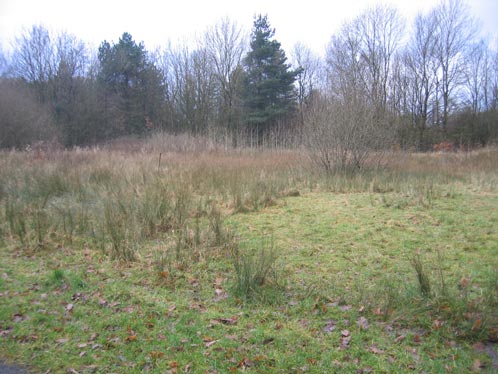The Landscape after the Ice Had Retreated
A recent visit to a local nature reserve allowed team members to get an idea of the landscape of the midlands of England a couple of thousand years after the retreat of the last ice sheets over the British Isles. The last glacial period ended around 10,000 years ago, having lasted for approximately the preceding 100,000 years. During this last period of intense cold, ice sheets covered much of northern England, as well as most of Wales and Scotland.
The extent of the ice sheets over this latter part of the Pleistocene epoch did vary as the temperature fluctuated but at their greatest extent some 22,000 years ago, ice covered virtually the whole of Ireland, ninety percent of Wales and as far south as Nottinghamshire and the East Midlands of England.
Post Glacial Devensian Landscape
With the gradual warming of the climate, plants and trees soon became established once the ice sheets had retreated. Plants and animals have migrated in and out of the British Isles as a land bridge between the United Kingdom and the rest of Europe existed for a few thousand years, before melting ice raised the sea levels and the British Isles was formed. About thirty species of large trees had become established across the country and these are now regarded as native to the British Isles.
Post Glacial Landscape of Cheshire
Picture credit: Everything Dinosaur
The midlands of Britain soon became forested with oak, ash, and birch trees forming a significant proportion of the woodlands. In Cheshire, (where Everything Dinosaur is based), the land was only sparsely forested as the Cheshire plain which was only about 25 metres above sea level, remained very boggy and marshy. Coarse grasses, plants that liked damp environments predominated along with reeds and rushes. Animals such as wolves, bears, deer and wild boar lived in this environment. Tree species were mainly birch, ask, oak and the occasional conifer.
Humans have inhabited the United Kingdom for the last 750,000 years, migrating into this part of Europe as ice sheets retreated in the warmer interglacial periods and then retreating when the ice sheets returned with the onset of a period of intense cold.
The last glacial period at the very end of the Pleistocene epoch is known as the Devensian, it was named in honour of the tribe of ancient Britons that lived on the borders of Wales and England close to the river Dee which runs through the county town of Cheshire (Chester).
For models and figures of prehistoric animals including prehistoric mammals from the Pleistocene: CollectA Deluxe Prehistoric Life Figures.



Leave A Comment